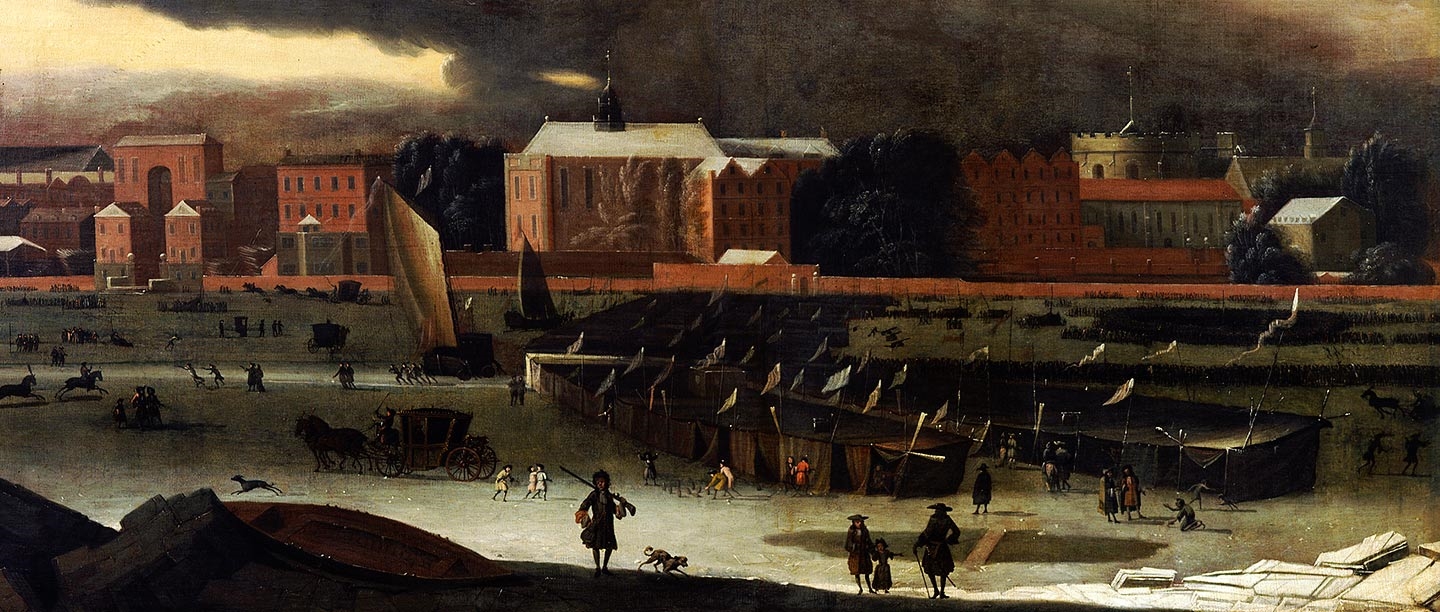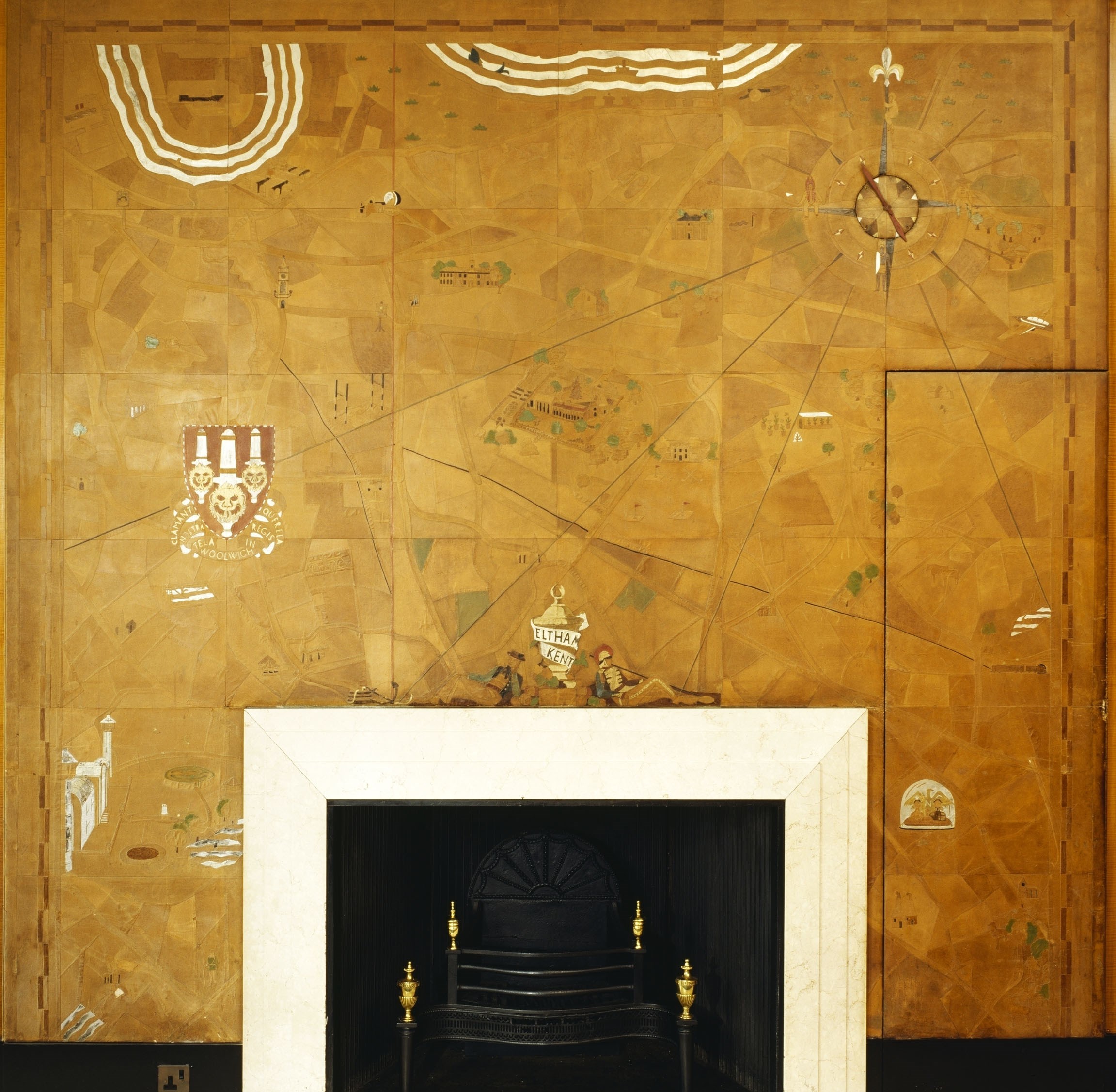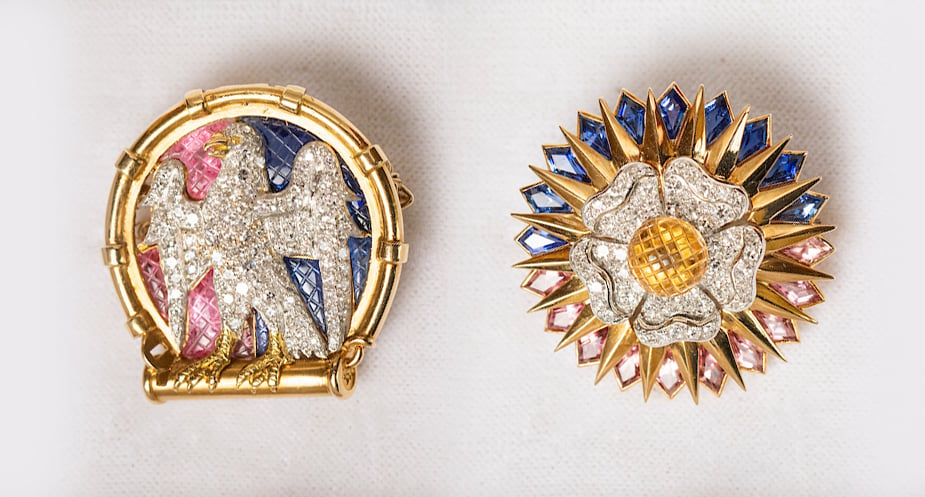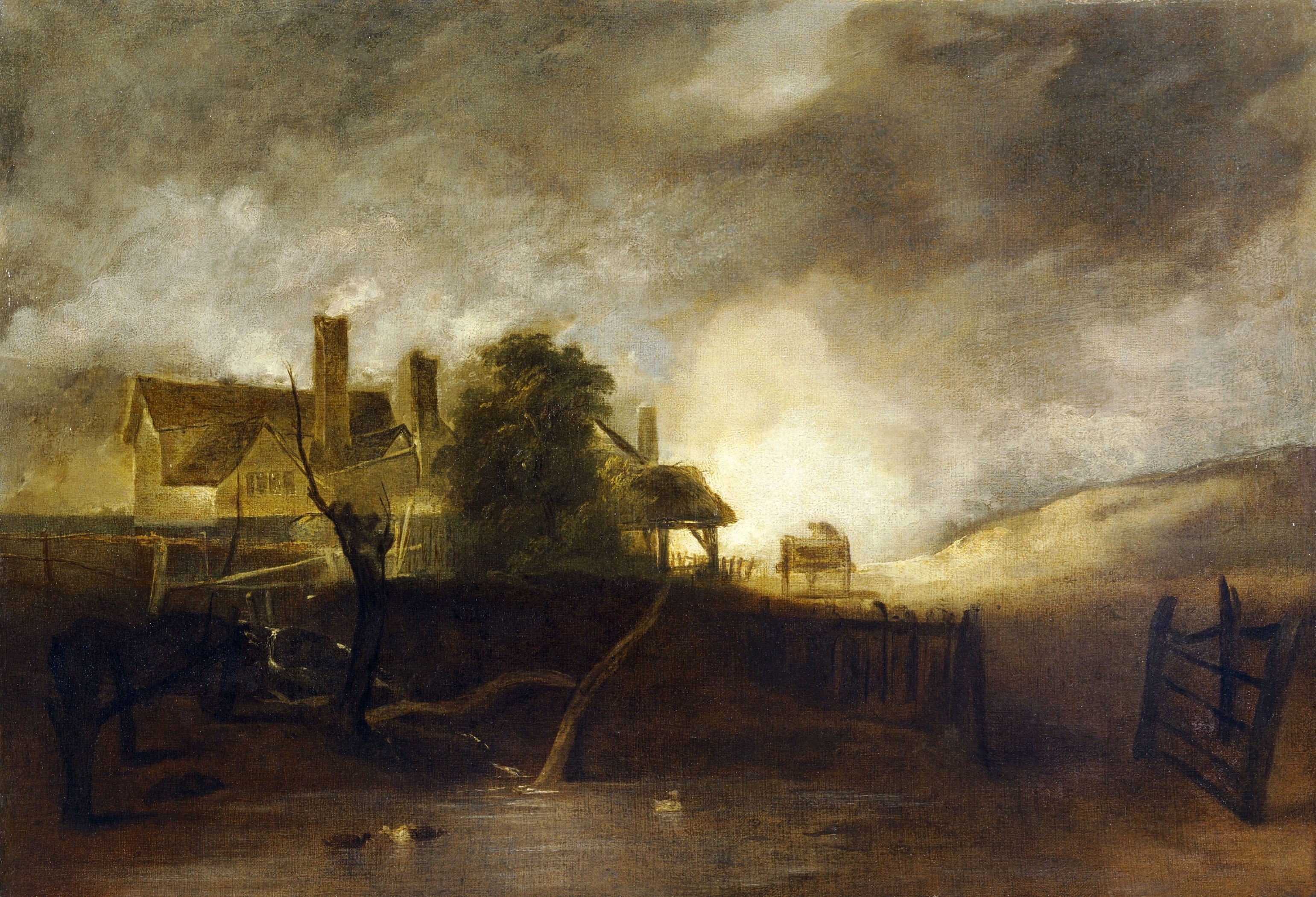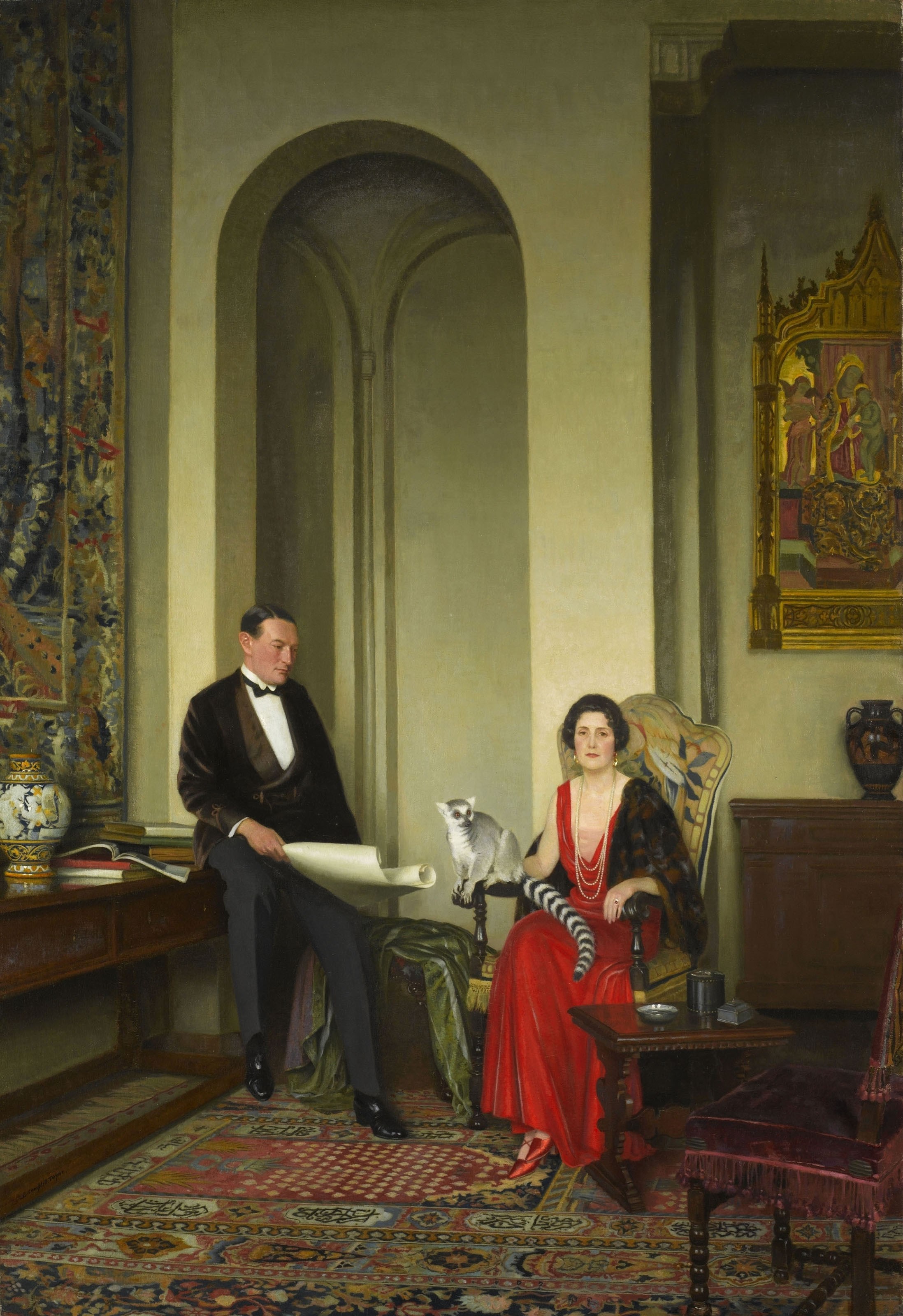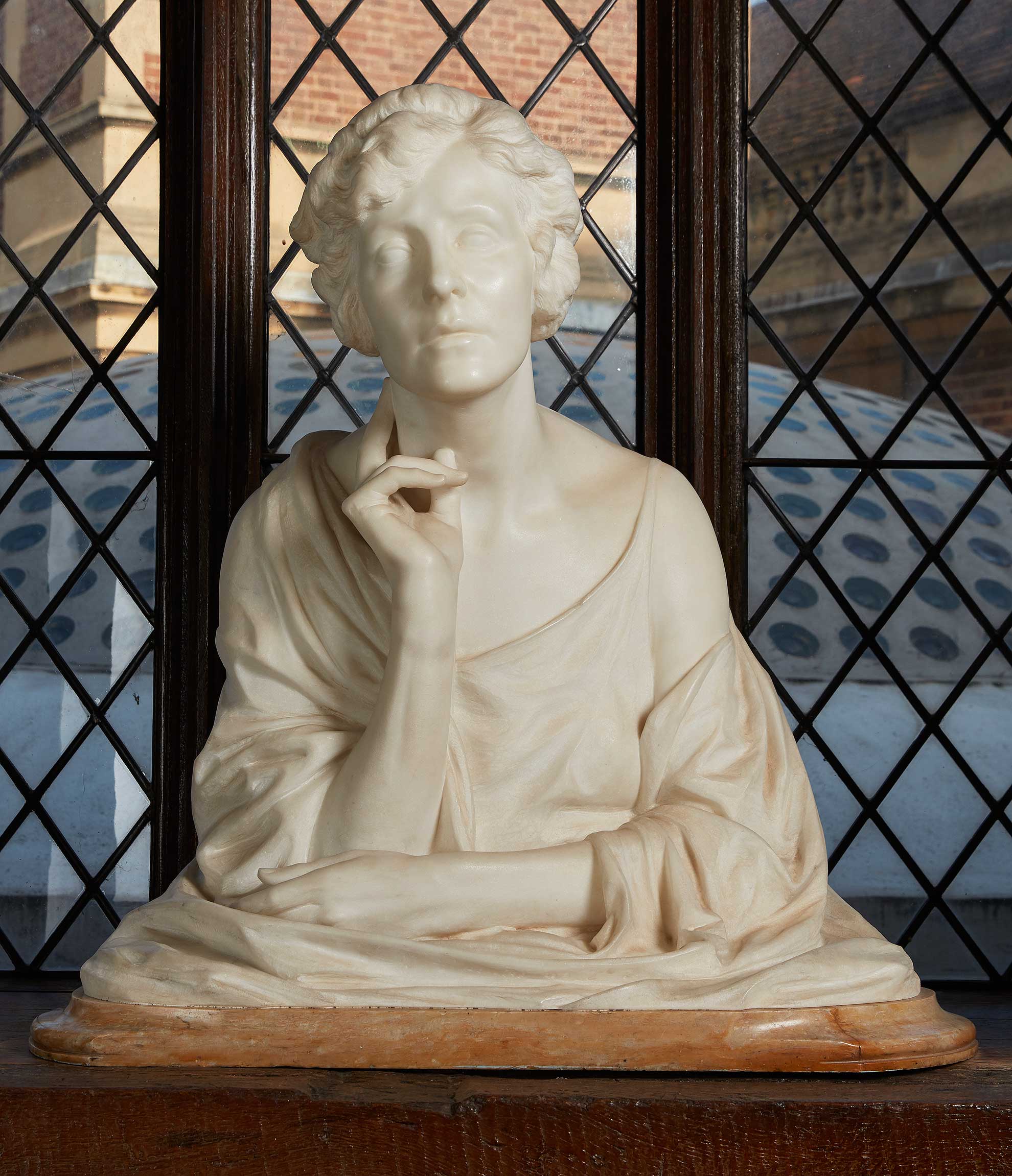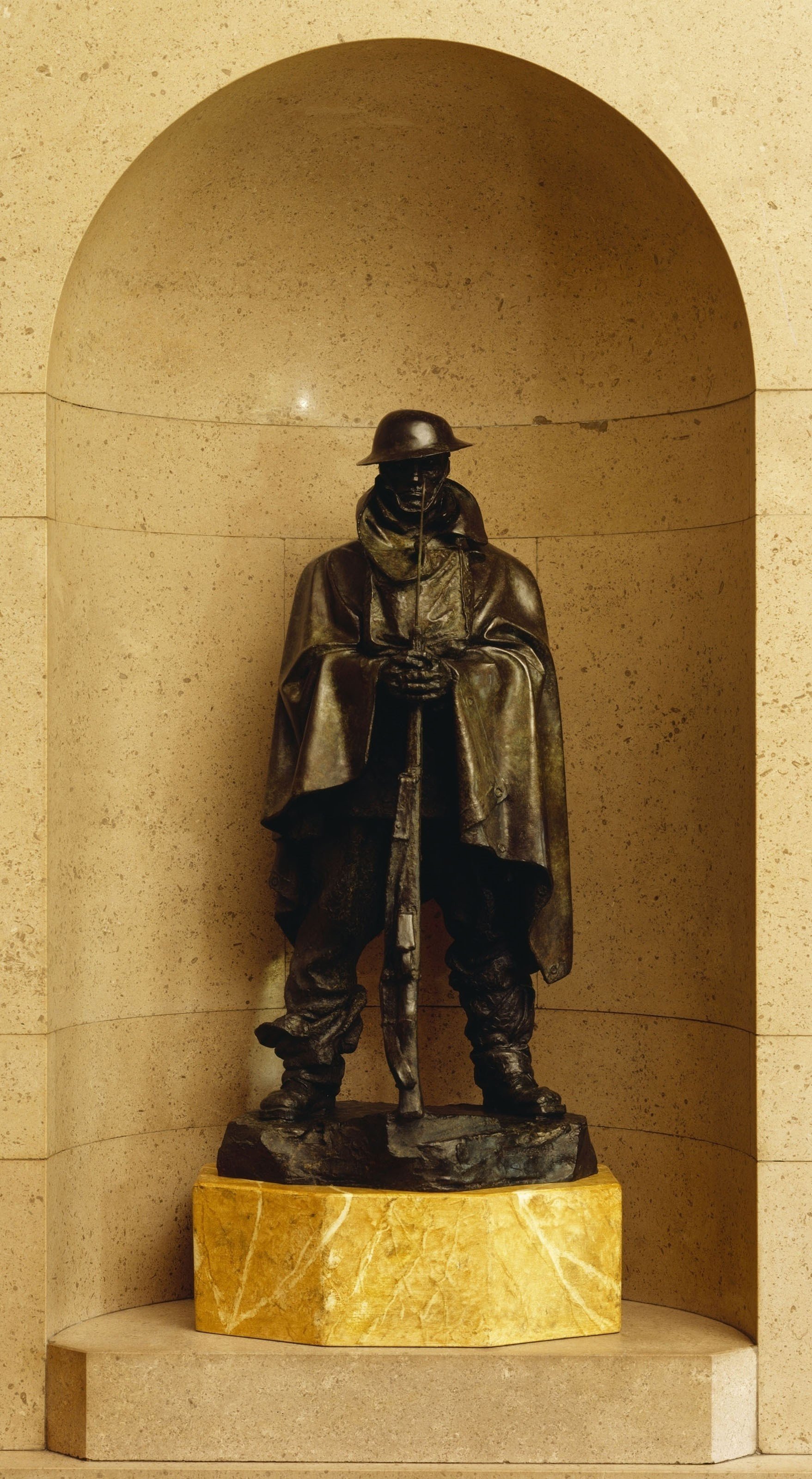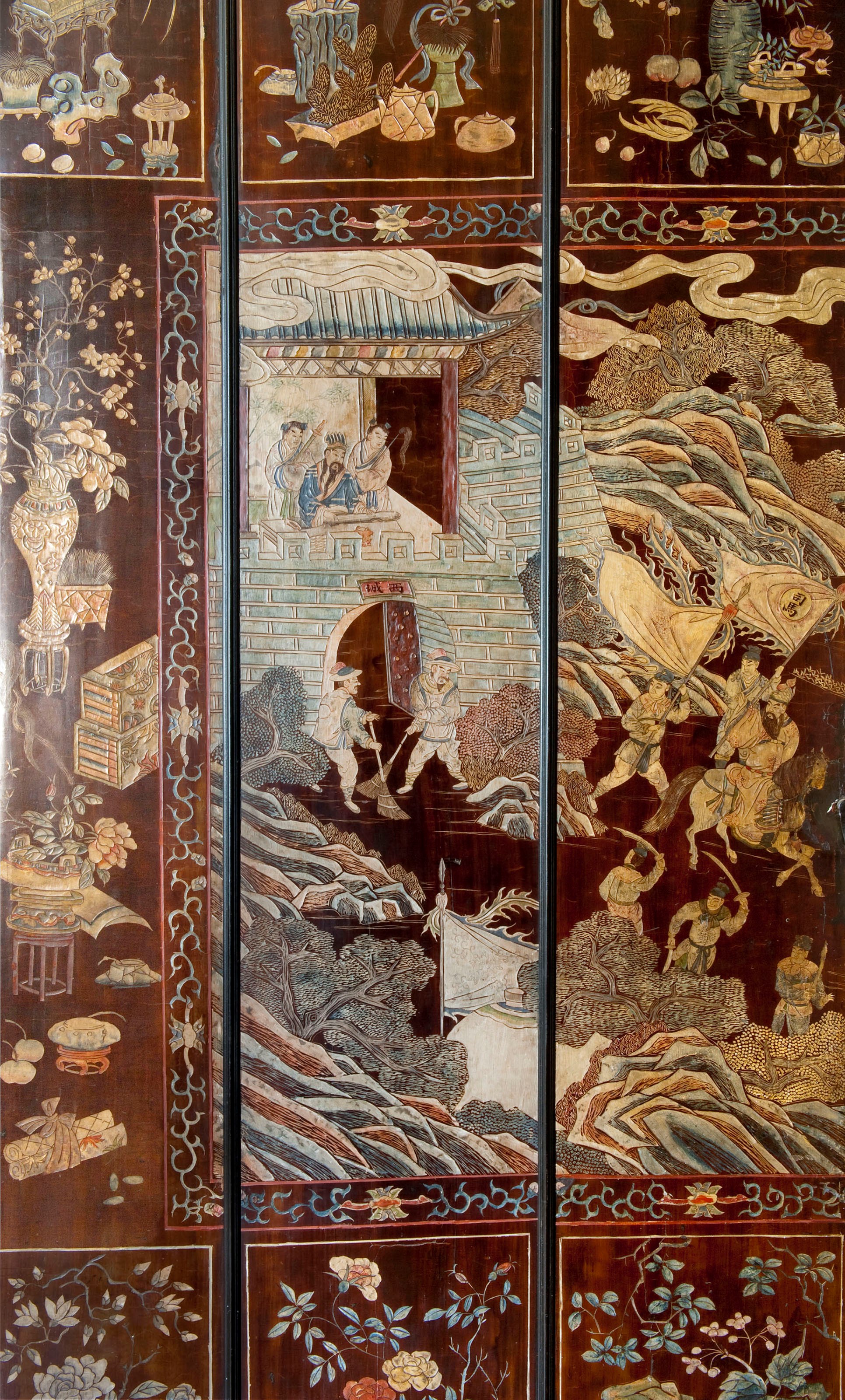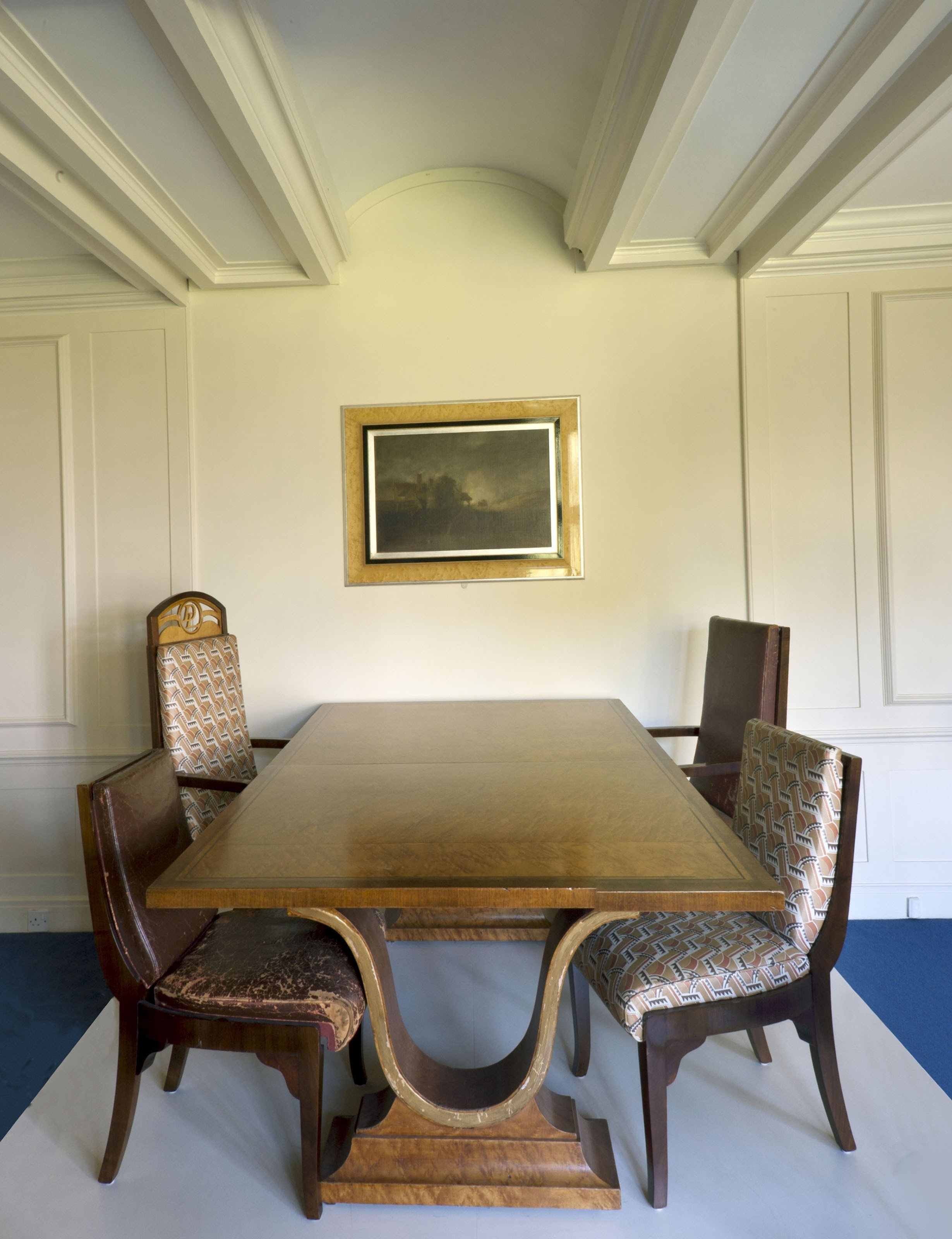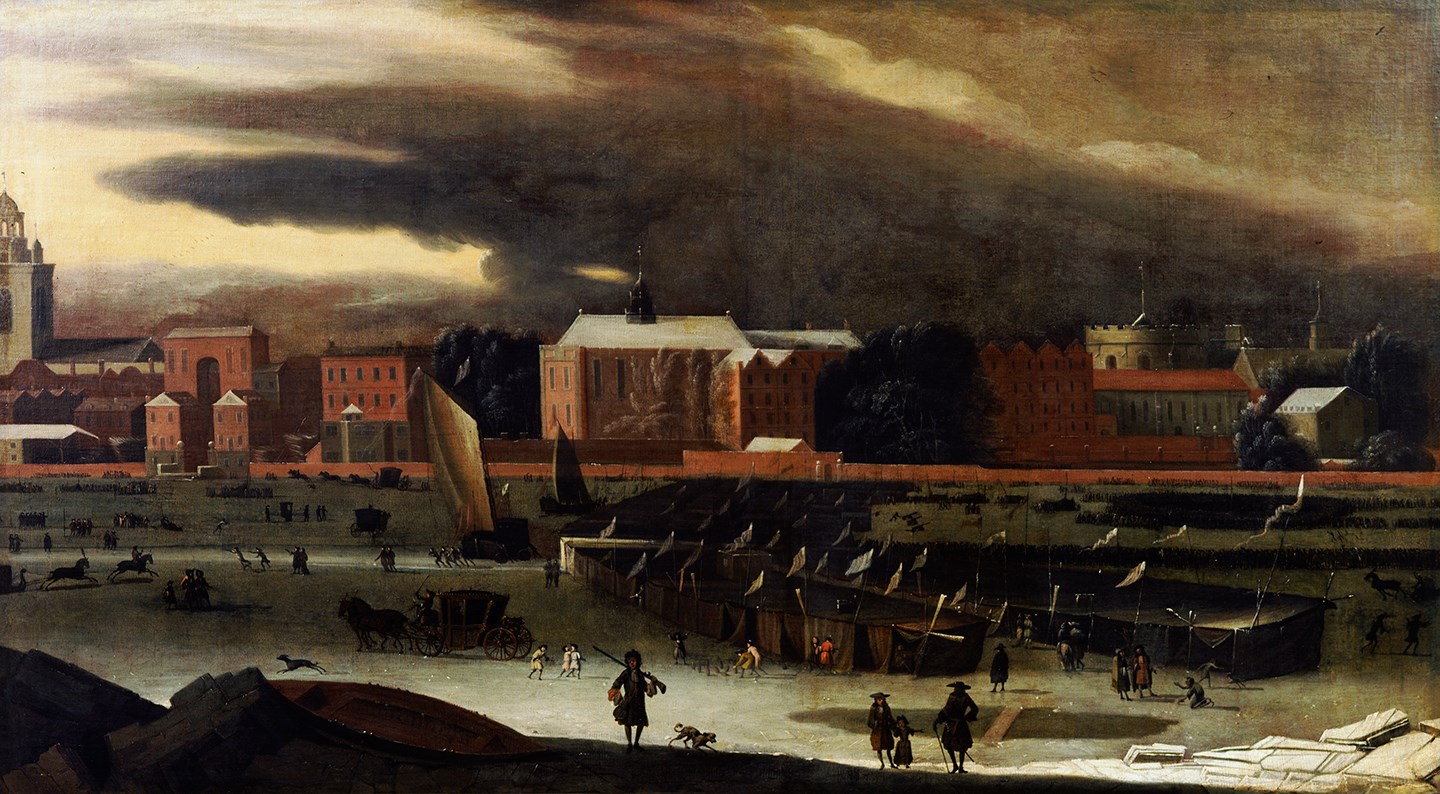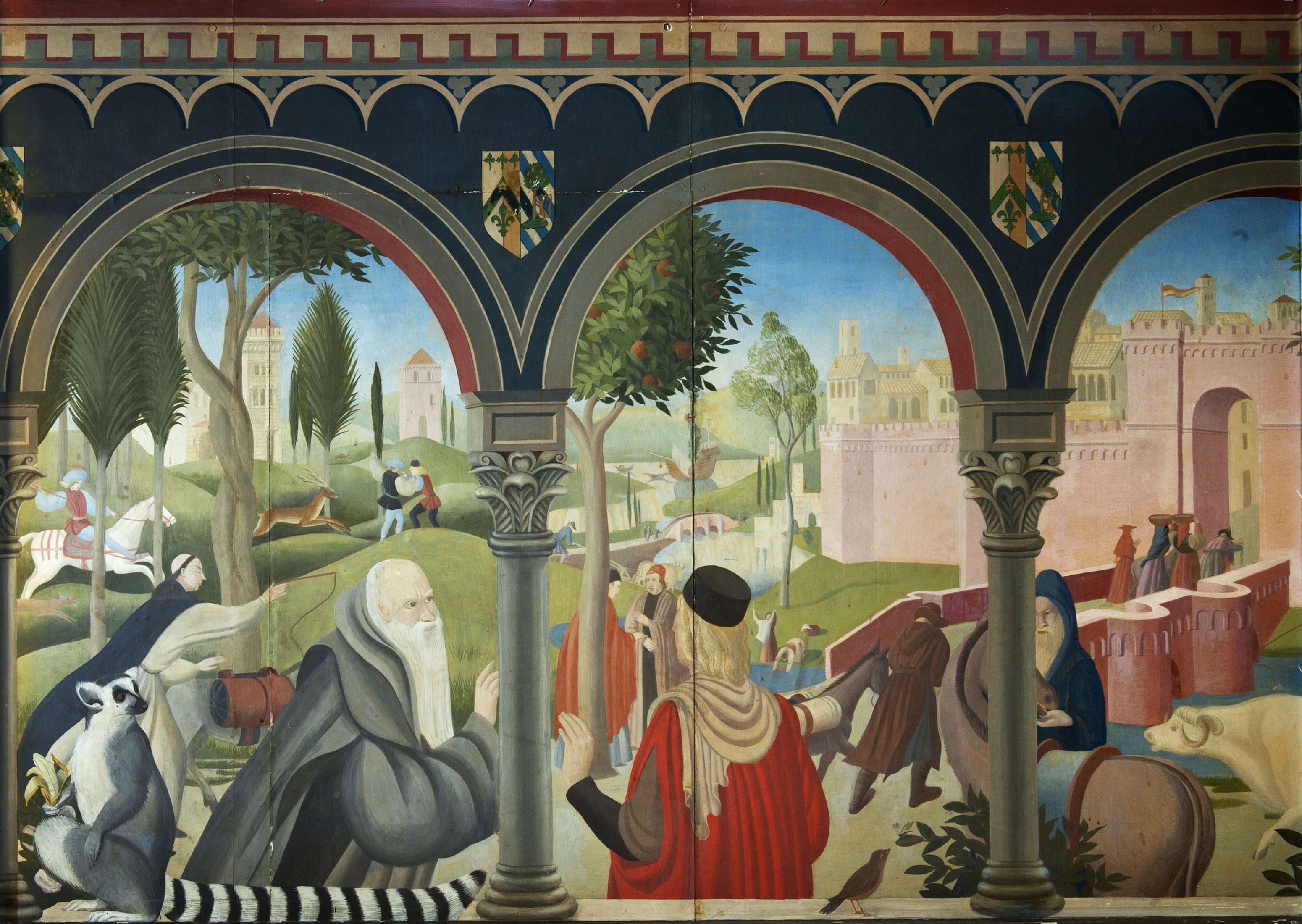Much of the furniture and many of the works of art were taken by the Courtaulds when they left England. A number of these pieces have since found their way back to Eltham Palace, where they are displayed in their original locations. While Stephen Courtauld’s collection of Jacobean furniture remains in Eltham’s Great Hall, much of the rest of the palace’s furniture was lost. However, it has since been carefully reproduced using original materials and specifications.
